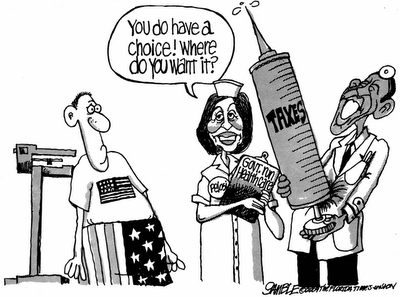Fiscal policy
3-6-17
Fiscal policy: Congress action to control government changes in the expenditures or tax revenues of federal government
2 tools of fiscal policy
- Taxes - government can increase or decrease taxes
- Spending - government can increase or decrease spending
Fiscal policy was enacted to promote our nation's economic goals: full employment, price stability, economic growth
Deficits, surpluses, budgets
- Balanced budget: revenues = expenditures
- Budget deficit: revenue < expenditures
- Budget surplus: revenues > expenditures
Government debt: sum of all deficits - sum of all surpluses
Government borrows money from:
- Individuals
- Corporations
- financial institutions
- foreign entities or governments
Options of fiscal policy
- Discretionary fiscal policy (think deficit)
- Contractionary fiscal policy (think Surplus)
- non-discretionary fiscal policy (no action)
Three types of taxes
- Progressive taxes are taxes that take larger percent of income from high-income groups
- Proportional taxes or flat rates take some percent of income from all income groups
- Regressive taxes text larger percent from low-income groups
Contractionary fiscal policy (the brake)
- Laws that reduce inflation, decrease GDP (close inflation gap)
- Government spending decrease
- tax increase
- Combination of the two


Expansionary fiscal policy (the gas)
- Laws that reduce unemployment and increase GDP (close recession gap)
- Increase government spending
- decrease taxes
Automatic / built-in stabilizers
- Anything that increases government budget deficit during a recession and increases its budget surplus during inflation without requiring explicit action by policy makers
No comments:
Post a Comment